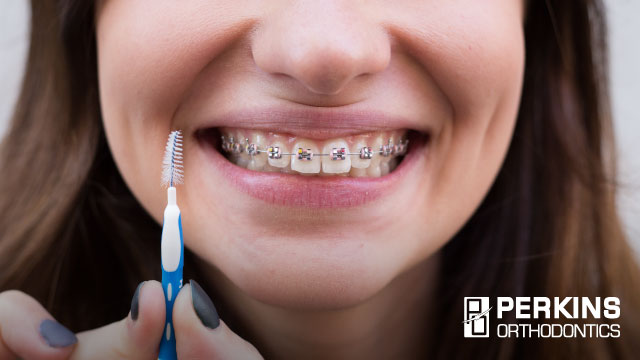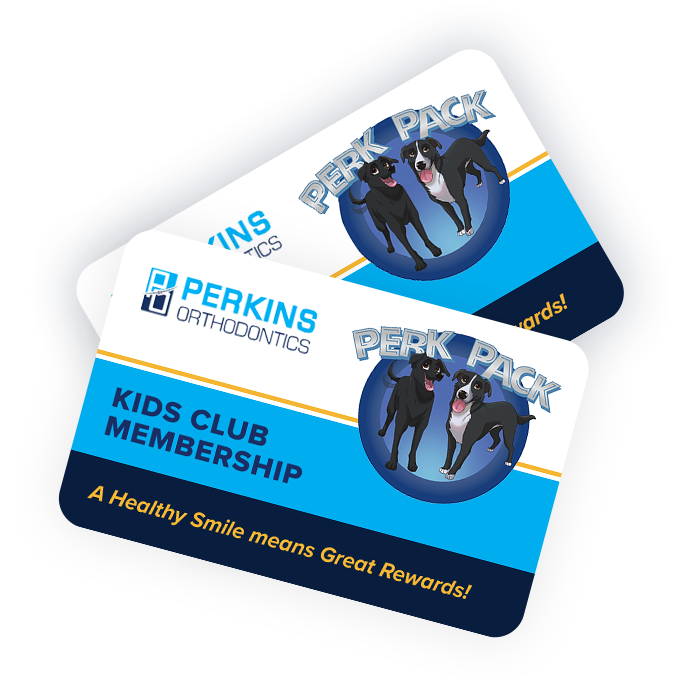How To Practice Good Oral Hygiene With Braces?

Many people don’t realize how much easier it is to clean your teeth after your orthodontic treatment and how challenging it is to maintain good oral hygiene before getting your teeth aligned. Aligned teeth allow for more reach when brushing and flossing, letting the user get to every small crevice without the need for special tools. To get to this point, however, patients must first maintain some level of dental hygiene during their orthodontic treatment in Fort Worth. Failure to do so can lead to some very uncomfortable complications for the treatment itself and for the patient’s dental health.
Problems From Poor Oral Hygiene During Orthodontic Treatment
Lack of proper dental hygiene during your orthodontic treatment doesn’t only represent a threat to your oral health but also to the results you are expecting from your treatment. Aside from gum disease, bad breath, tooth decay, and cavities, you can suffer from more permanent consequences like complete tooth loss and white spots on your teeth. This is without mentioning other non-dental health issues that could arise.
Additionally, a lack of oral hygiene could lead to dental issues that require intervention that can put a pause or a complete stop to your orthodontic treatment. Here is a small explanation for some of the consequences you could suffer.
Gum Disease
Gum disease starts in its mild form as gingivitis. Here the gums inflame and become prone to bleeding because of accumulated bacteria and food particles. If left untreated, plaque and then tartar can form to cause even more damage to the gum tissue. Eventually, if the gingivitis turns severe enough, it transforms into periodontitis, where your gums can recede and lead to either weak teeth or the complete loss of one or more teeth.
Tooth Loss
As mentioned, tooth loss is a very real possibility that can come from various different places. Sometimes severe gum disease can be the reason for the loss, while in some others, it is because a cavity turned severe enough to kill the tooth’s nerve. Regardless of the cause, the loss brings with it pain and discomfort to the patient and requires more visits to the dental offices if you would like to hide the missing space.
How to Take Care of Dental Hygiene With Braces?
While maintaining proper oral care with braces is more complex than usual, it is not as difficult or tedious as you may think it is. For those wondering if you can you get a deep cleaning with braces, the answer is not only that you can indeed get a deep clean but that you can do it in almost the same amount of time as brushing without any type of appliance.
Here are a few oral hygiene instructions for orthodontic patients to follow to make their oral care more efficient.
Brush Properly
To properly brush your teeth, you’ll need to use a soft-bristled toothbrush and some fluoride toothpaste. Make a 45° angle to brush your gumline and the top part of the braces. Then process to brush the sides, top, and bottom of the bracket. Additionally, brush the chewing surfaces of the tooth, as well as the inner side of each tooth. Make sure to take your time in each one of them.
Keep Flossing
While flossing is admittedly more difficult with braces, you can still perform proper care with the use of floss threaders. They allow you to easily get floss under the archwire and to the backside of your tooth. You can buy them almost anywhere for very low prices so keep an eye out next time you go out.
Get the Tools You Need
If you are having difficulties flossing or getting to some small crevices, then you could try using some different tools. An interdental brush, for example, will help you tremendously in cleaning the interdental space, the space between teeth. At the same time, a water flosser will help you remove bacteria from difficult places to reach, like between the metal parts of the brackets and your teeth.
How to Clean Invisalign Aligners?
Cleaning your Invisalign aligners is almost as simple as regular tooth brushing. You only have to add two steps to your cleaning routine, brush and rinse your clear aligners when you brush your teeth, preferably after every meal, and soak the aligners in a cleaning solution for a deep clean. As long as you follow the extra steps and brush at least twice a day, you’ll be safe from staining your aligners and dental complications.
You will only need a soft-bristled toothbrush and warm water to brush your aligners. When brushing, make sure to get both the in and outside of the trays. For the deep cleaning part, however, you’ll have a few different options, whether you choose to buy a product or make your own solution at home.
Available Cleaning Products
Invisalign has its own cleaning solution called Invisalign cleaning crystals. They instruct to dissolve the crystals in water and then let the aligners soak in the solutions for around 15 minutes. You can use this product once or twice every day. Other companies, such as EverSmile, also have their cleaning solutions for you to try. The difference, in this case, is that EverSmile offers a foam product, while Invisaligns’ solution is liquid.
Homemade Cleaning Solutions
If you are looking to save some money by making a solution by yourself at home, then you are in luck. There are a few different recipes for you to try on your clear aligners. For those with vinegar at hand, mix one part vinegar with three parts water and let the Invisalign aligners soak in the mix for 30 minutes. You can also use a mix of one part water and one part hydrogen peroxide to clean your aligners. If you are using the peroxide, however, only let the trays soak for 15 minutes.
Maintain Your Oral Hygiene Professionally
If you are wondering what else you can do to keep your oral hygiene in check or think it’s time to get a professional cleaning done, contact us at Perkins Orthodontics and schedule your appointment to get started.


